Moonstruck
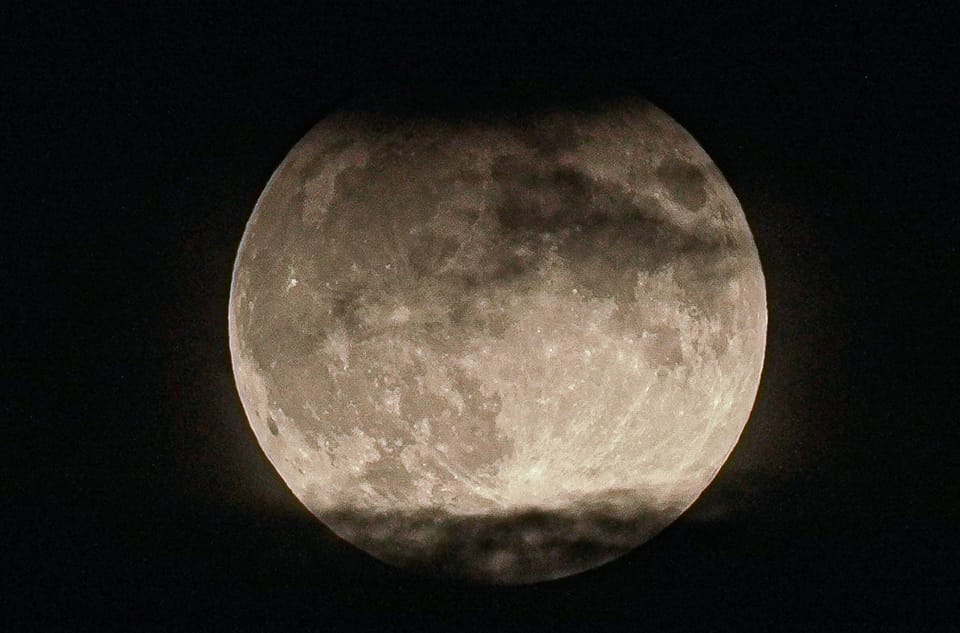
I recently saw a passing reference to the origin of the moon and realized I've never thought about where our moon came from...I was surprised at what I found.

Make sure you catch tonight's Beaver Moon supermoon, it's the last supermoon we'll see until October 2025! And, while you're soaking up tonight's serene and brilliant full moon, take a moment to reflect on it's unbelievably violent origin and the impact this had on the Earth.
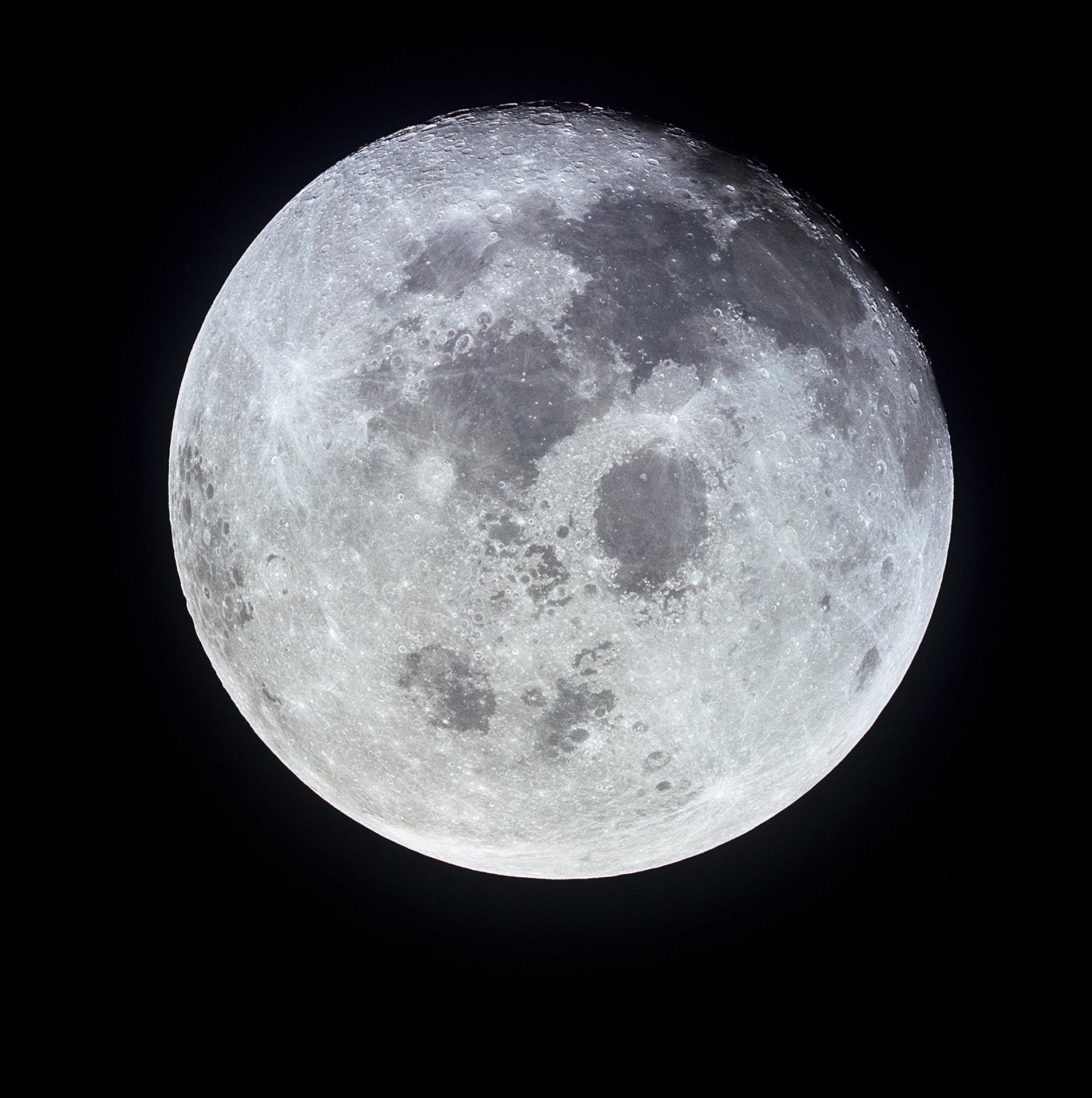
No one knows exactly how the moon formed, and there are several competing theories (check out this Wikipedia page to learn more), but scientists all agree on a general outline of what happened. Around 4.5 billion years ago, there was a Mars-sized protoplanet named Theia, after the Titan that gave birth to the Moon goddess, that shared the same orbital path around the sun as the newly forming Earth.
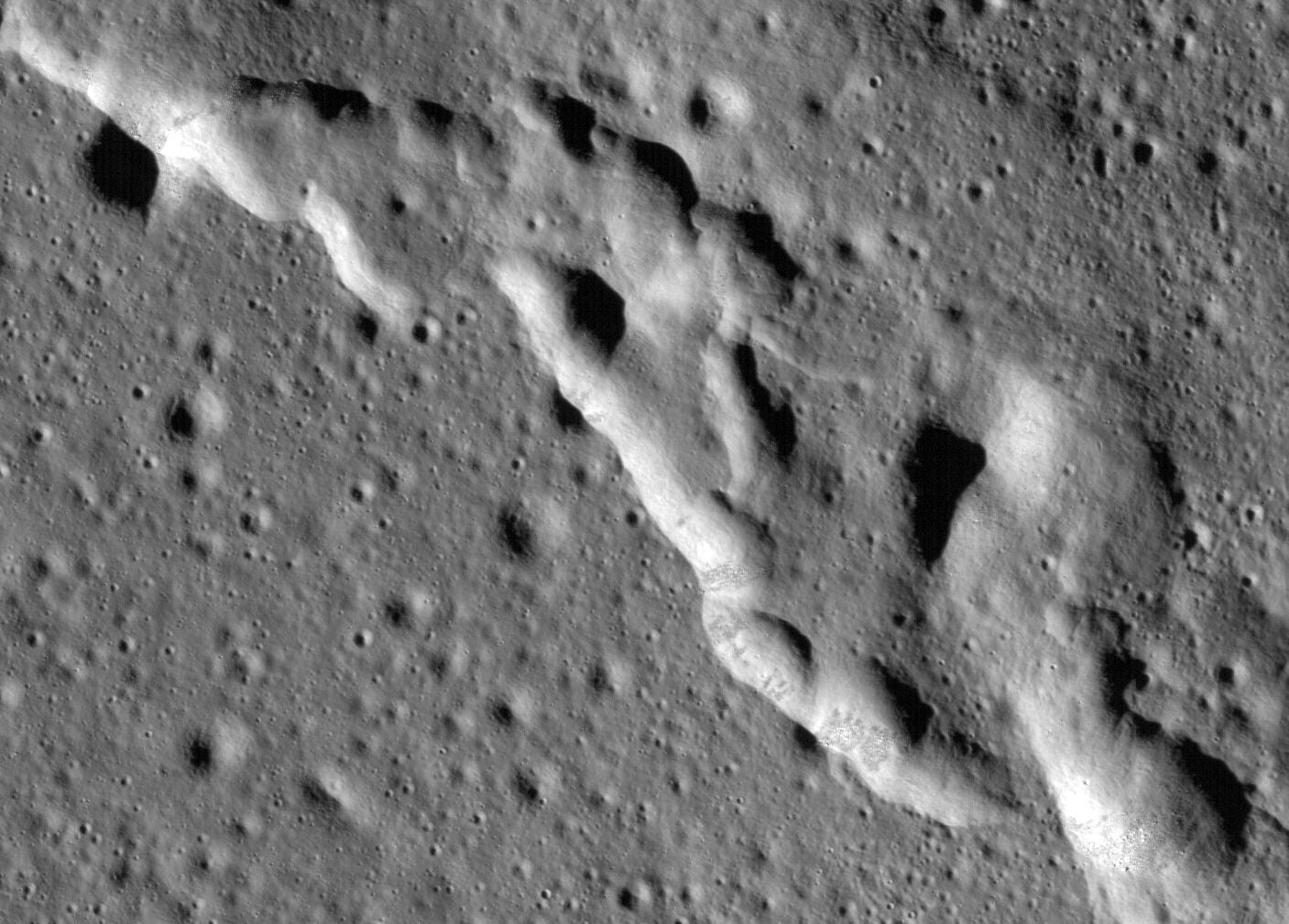
A dangerous dance of near misses went on for tens of millions of years, until one fateful day when Theia smashed into the Earth with such violent force that both bodies were blown to smithereens. This immense collision almost certainly obliterated any nascent atmosphere that had begun forming around Earth and turned Theia into an ocean of molten rock.
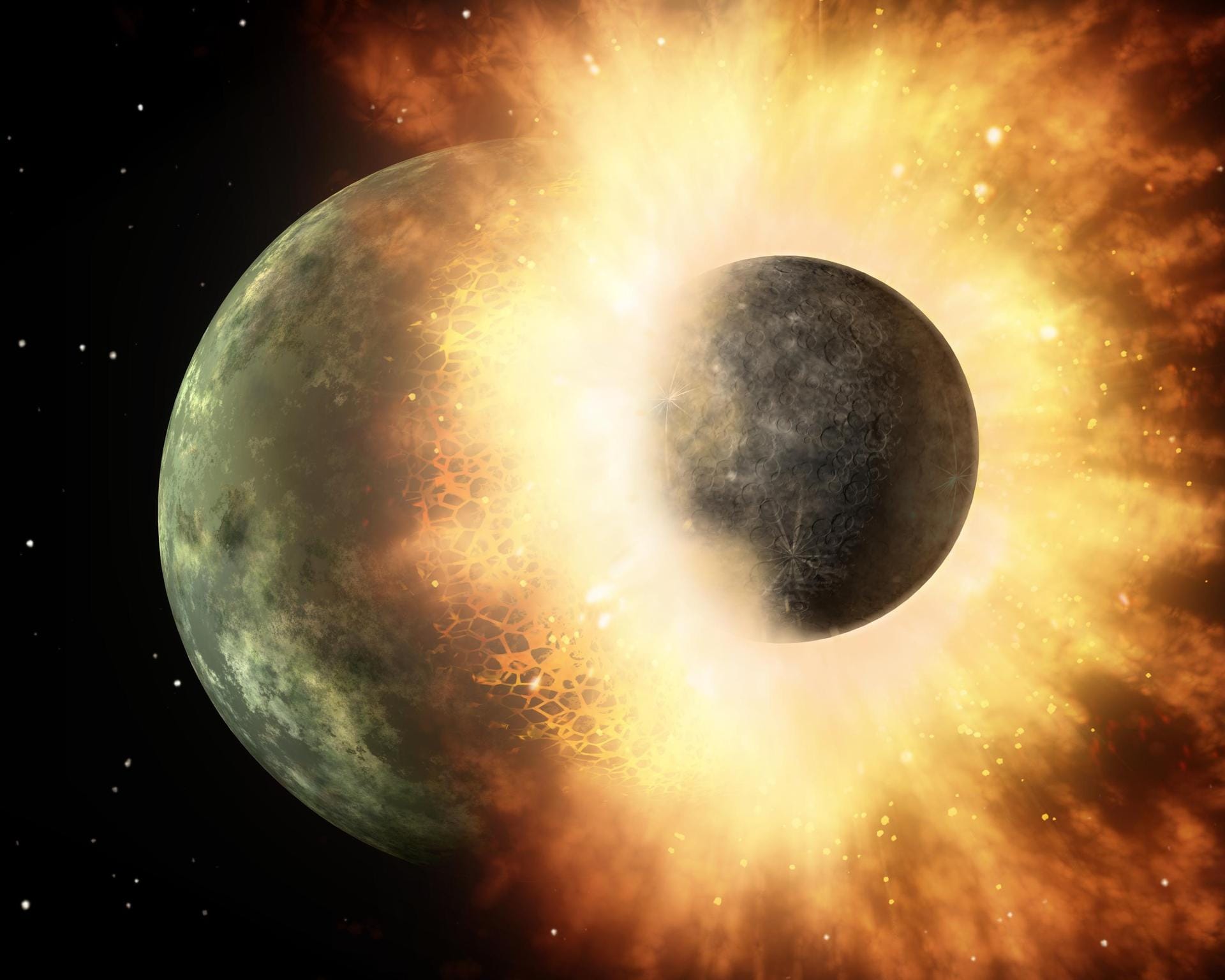
The animation below vividly depicts the sequence of events as Theia plowed through the Earth then rebounded over a span of hours, while scattered debris and the remains of Theia coalesced into a new (and much smaller!) moon that was captured in Earth's orbit.
After decades of debate, the finer points of this story were firmly established when Apollo missions to the Moon returned with 842 pounds of lunar rocks that confirmed the molten origin of the Moon's surface and determined that rocks from the Earth and Moon have nearly identical isotopic fingerprints.
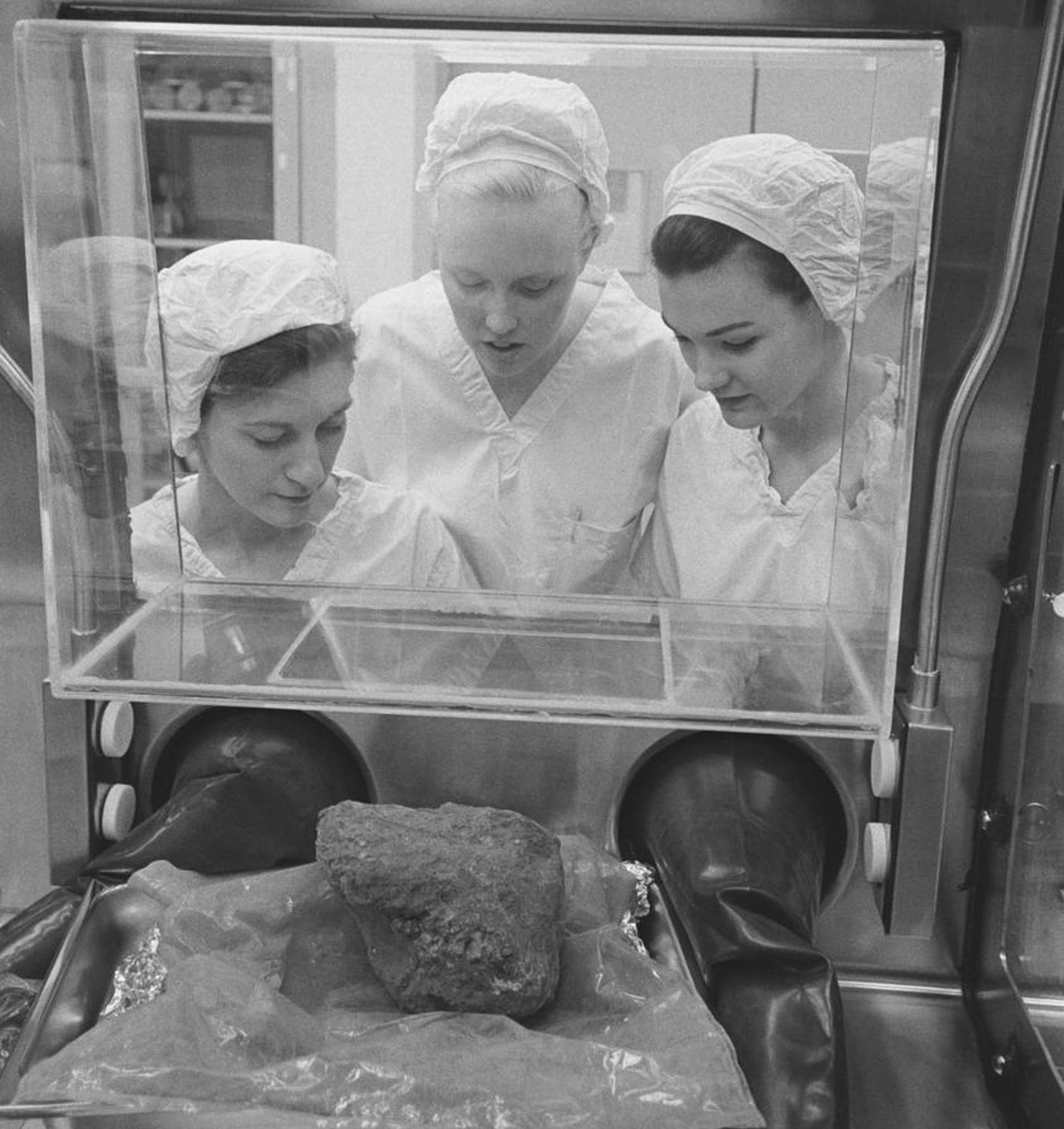
One of the great mysteries that remained, however, was where the other very large fragments of Theia went because they're not floating around the solar system. A new theory suggests they ended up embedded inside the Earth's mantle instead, and this may explain the presence of two anomalous, continent-sized blobs (large low-velocity provinces), each larger than the Moon itself, that have been detected deep in the Earth's mantle under Africa and the Pacific Ocean.
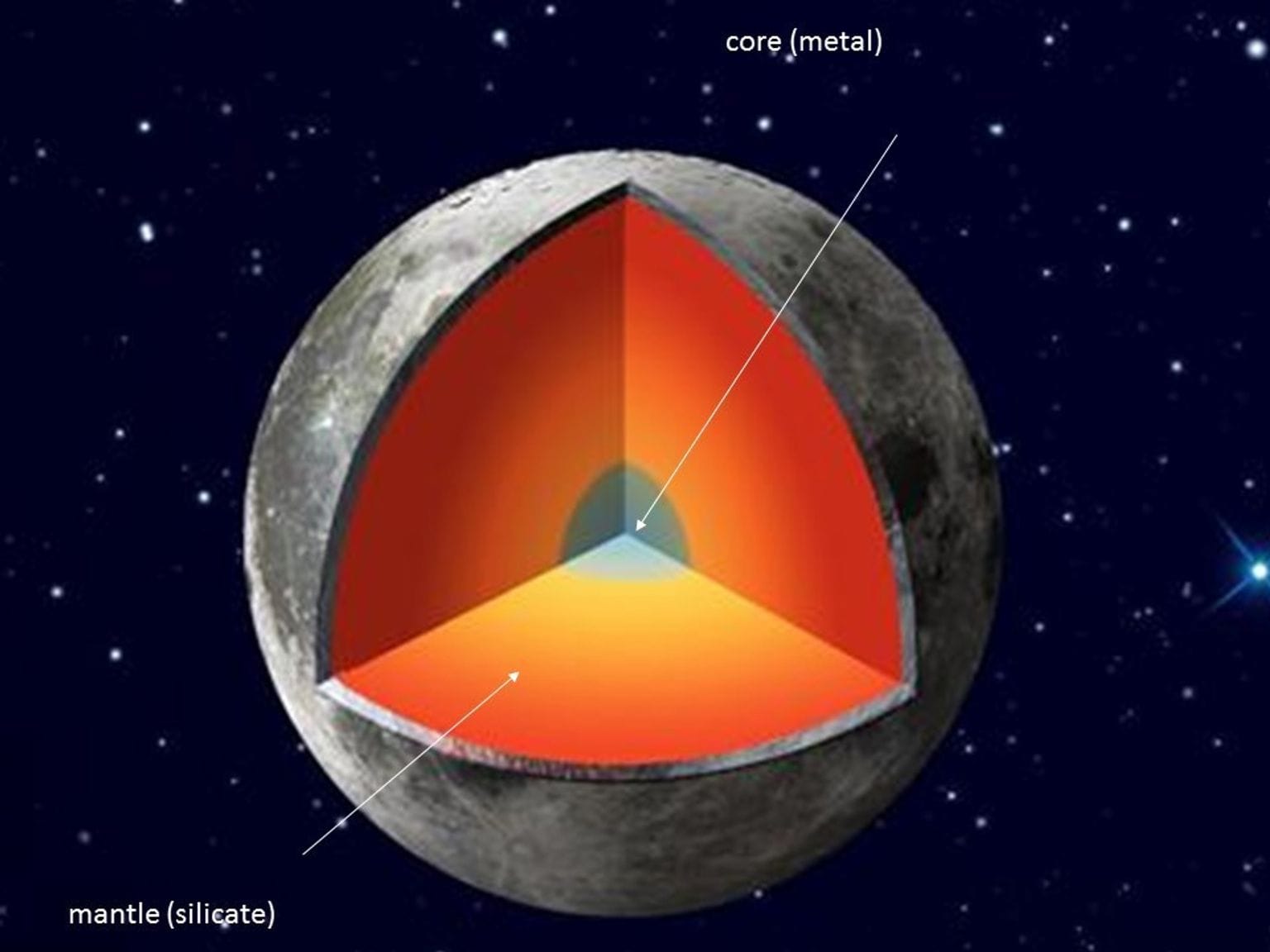
It's believed that the plowing of these two massive moon fragments into the Earth's core may have generated the fields of debris that went on to become today's moon—all part of the violent origin story that gives us today's peaceful orb in the sky.
Member discussion